Dentists and orthodontists depend heavily on plastics and are beginning to weigh the tradeoffs.


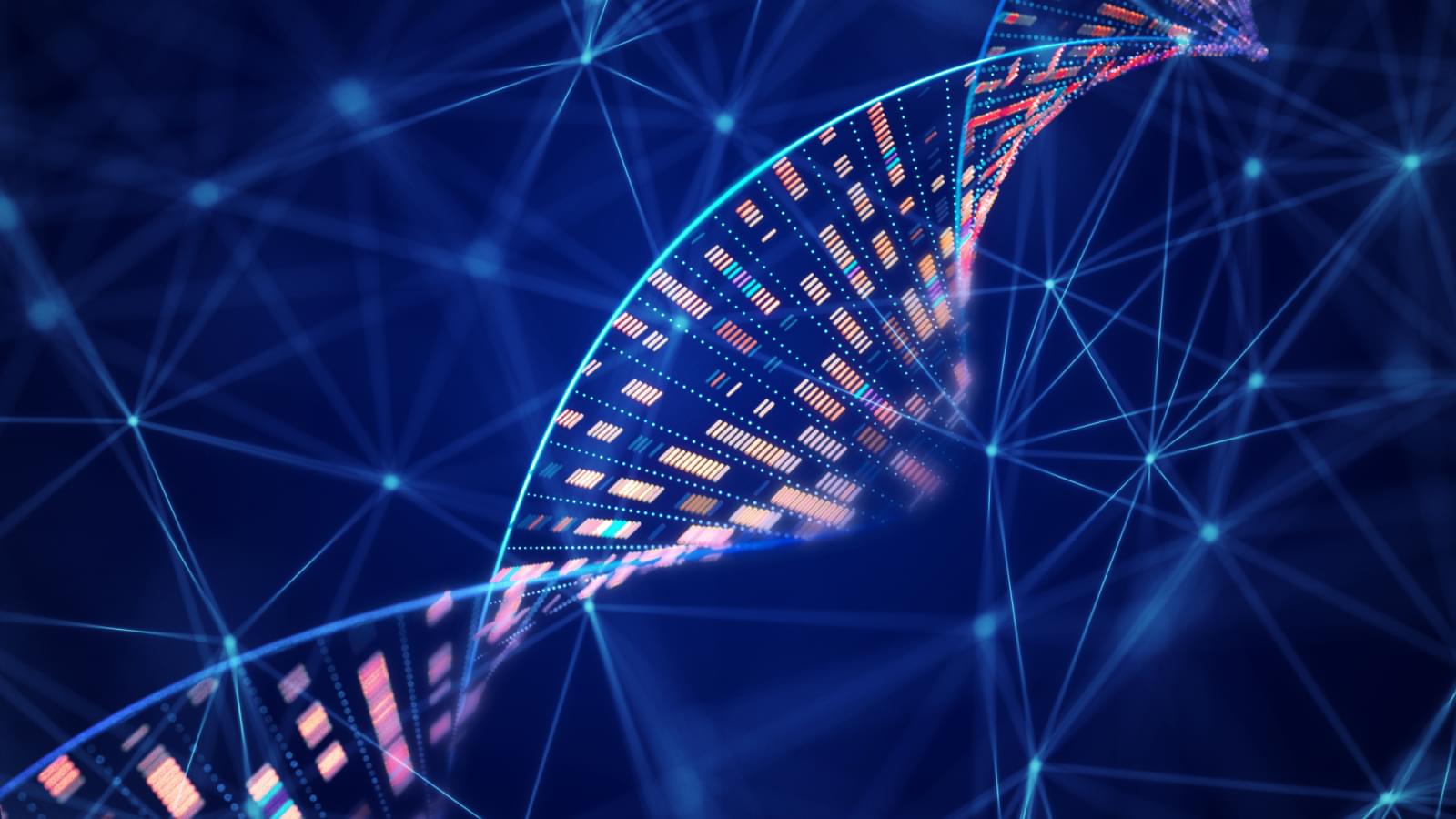
Questions to inspire discussion.
AI and Supercomputing Developments.
🖥️ Q: What is XAI’s Colossus 2 and its significance? A: XAI’s Colossus 2 is planned to be the world’s first gigawatt-plus AI training supercomputer, with a non-trivial chance of achieving AGI (Artificial General Intelligence).
⚡ Q: How does Tesla plan to support the power needs of Colossus 2? A: Elon Musk plans to build power plants and battery storage in America to support the massive power requirements of the AI training supercomputer.
💰 Q: What is Musk’s prediction for universal income by 2030? A: Musk believes universal high income will be achieved, providing everyone with the best medical care, food, home, transport, and other necessities.
🏭 Q: How does Musk plan to simulate entire companies with AI? A: Musk aims to simulate entire companies like Microsoft with AI, representing a major jump in AI capabilities but limited to software replication, not complex physical products.
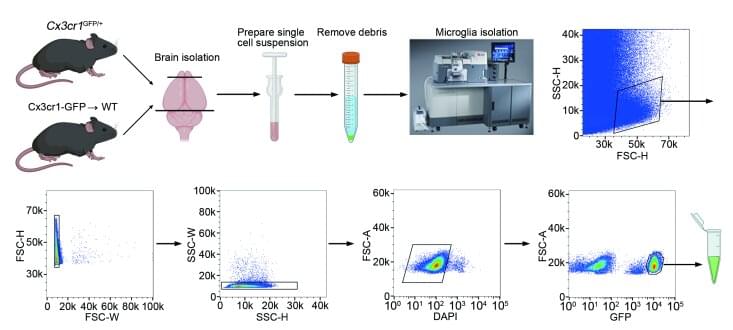
An evolving form of therapy to treat devastating neurodegenerative disorders by injecting fresh immune cells—microglia—directly into the brain, promises a new lease on health by slowing the progression of mind-robbing conditions.
The research, underway in China, is in the pre-clinical phase of investigation and is aimed at protecting vital neurons, while at the same time, combating the early hallmarks of neurological disorders, such as Alzheimer’s disease.
So far, the microglia transplants have been performed in animal models, but they have ameliorated symptoms of neurological disease.
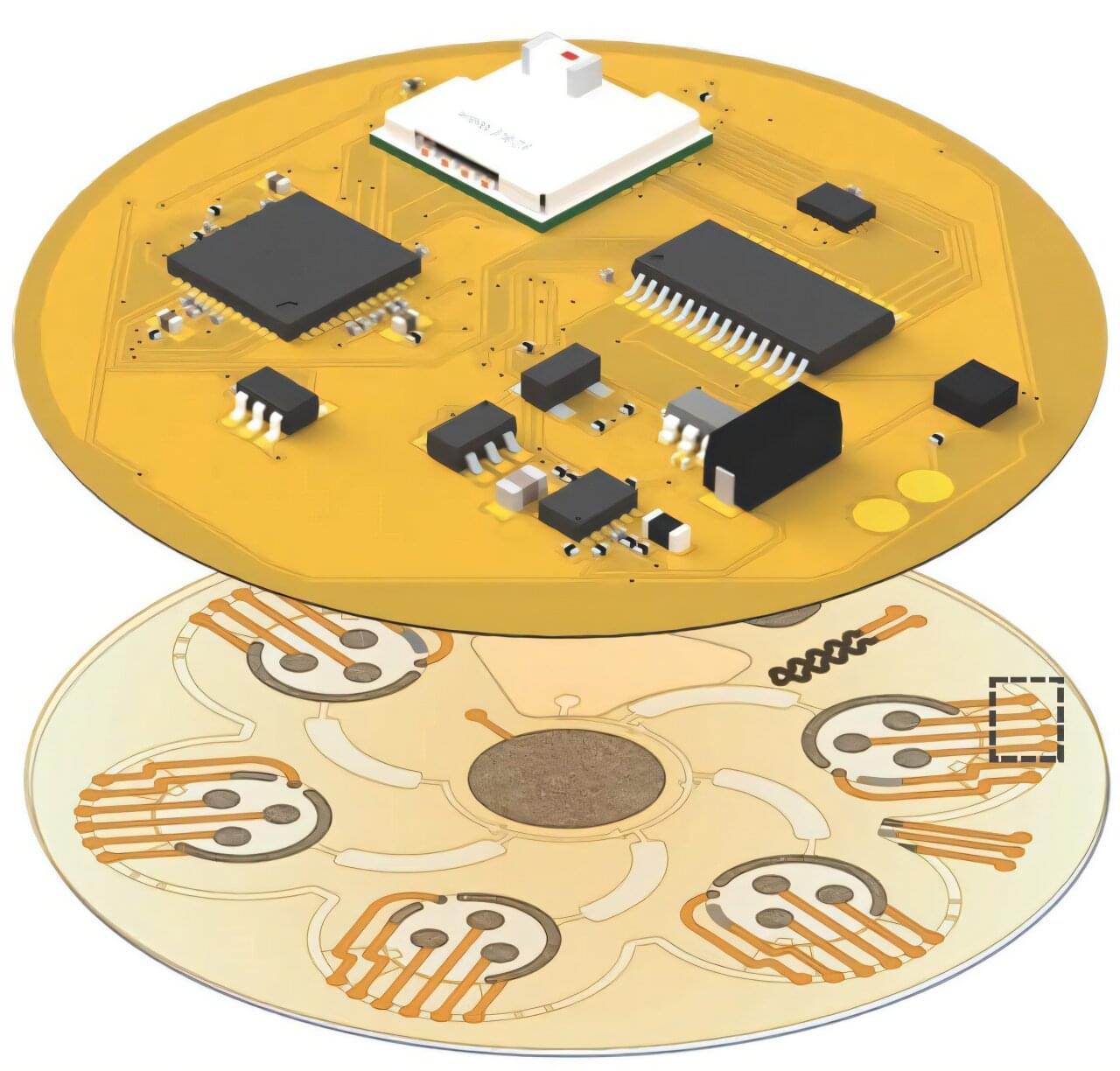
Most people are well aware of the effects of chronic stress in the modern world. While some stress can be a good thing, like the type of stress your body feels during an intense workout, prolonged or chronic stress can lead to a myriad of health problems, including anxiety, heart disease, and inflammation. And, at a larger scale, the high prevalence of chronic stress in the population increases the burden on public health systems.
Tracking stress responses could help people better understand and manage stress, but stress can be difficult to measure and monitor in an objective and precise manner. Stress hormones fluctuate throughout the day, but current stress assessment methods rely on subjective self-reports, heart rate, or wearable sensors that only measure cortisol in a non-continuous manner. It is difficult to get a full picture of a person’s stress response and its long-term effects with these current methods.
However, scientists have recently developed a device called the “Stressomic,” a wearable biosensor that can continuously monitor cortisol, epinephrine, and norepinephrine in sweat—which might just pave the way for better stress management. The device was recently tested in a study published in Science Advances. They claim that it’s capable of distinguishing between acute and chronic stress and can be worn as a simple biocompatible patch placed on the skin.

People often bond with strangers over the books they read or the movies they watch and build friendships that last. Scientists may now have some insight into why this happens. A study published in Nature Human Behaviour found that participants who responded similarly to the same movie clips even before meeting were more likely to become friends later.
As part of the experiment, MRI brain scans were taken of 41 graduate students who had never met each other before, while they were shown clips of movies based on science, food, sports, environment, and social events.
A total of 214 brain regions were analyzed—200 cortical regions associated with functions, such as movement, perception, and sensory processing, and 14 subcortical regions that control movement, autonomic functions, and emotions.

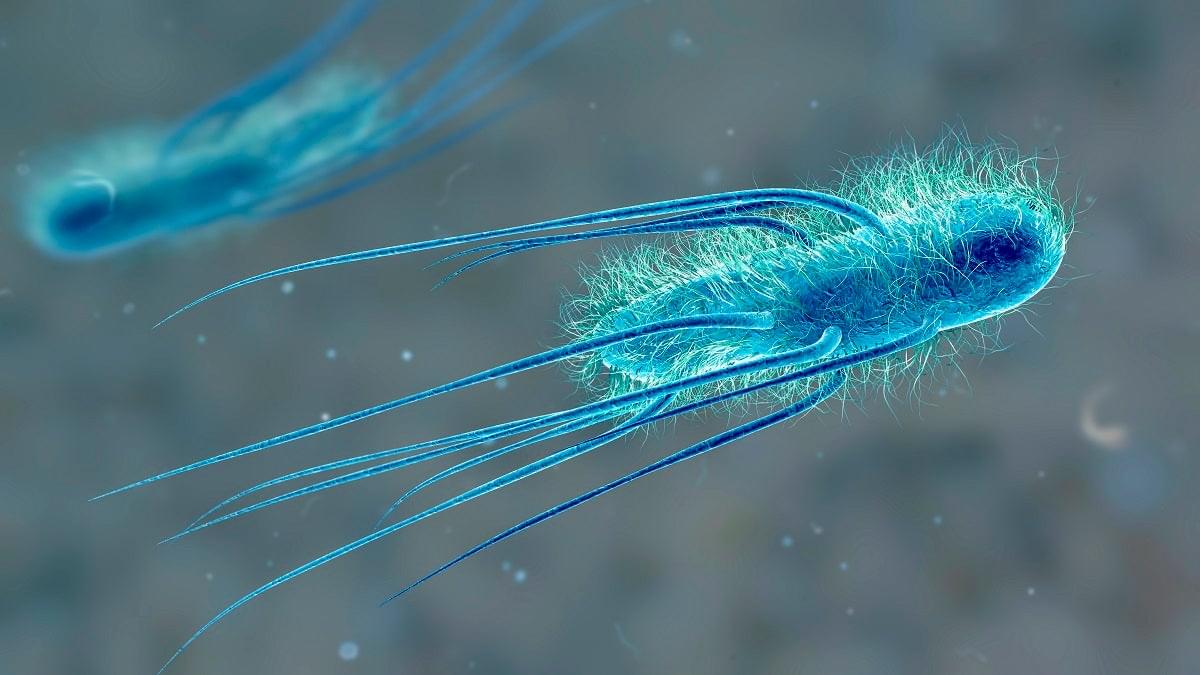
Scientists at the Medical Research Council’s Laboratory of Molecular Biology say they’ve engineered a bacteria whose genetic code is more efficient than any other lifeform on Earth.
They call their creation “Syn57,” a bioengineered strain of E. coli — yes, the same bad boy that can make you extremely sick if you eat an undercooked hot dog — which uses seven less codons than all life on earth. A codon, put simply, is a three-letter sequence found in DNA and RNA which delivers instructions for amino acids, a fundamental “building block” of life.
For the past billions years or so, all known life on earth has used 64 codons. Scientists cracked the code detailing which codons corresponded to which amino acids — mapping the standard genetic code, in other words — in 1966, revealing only 20 total amino acids.

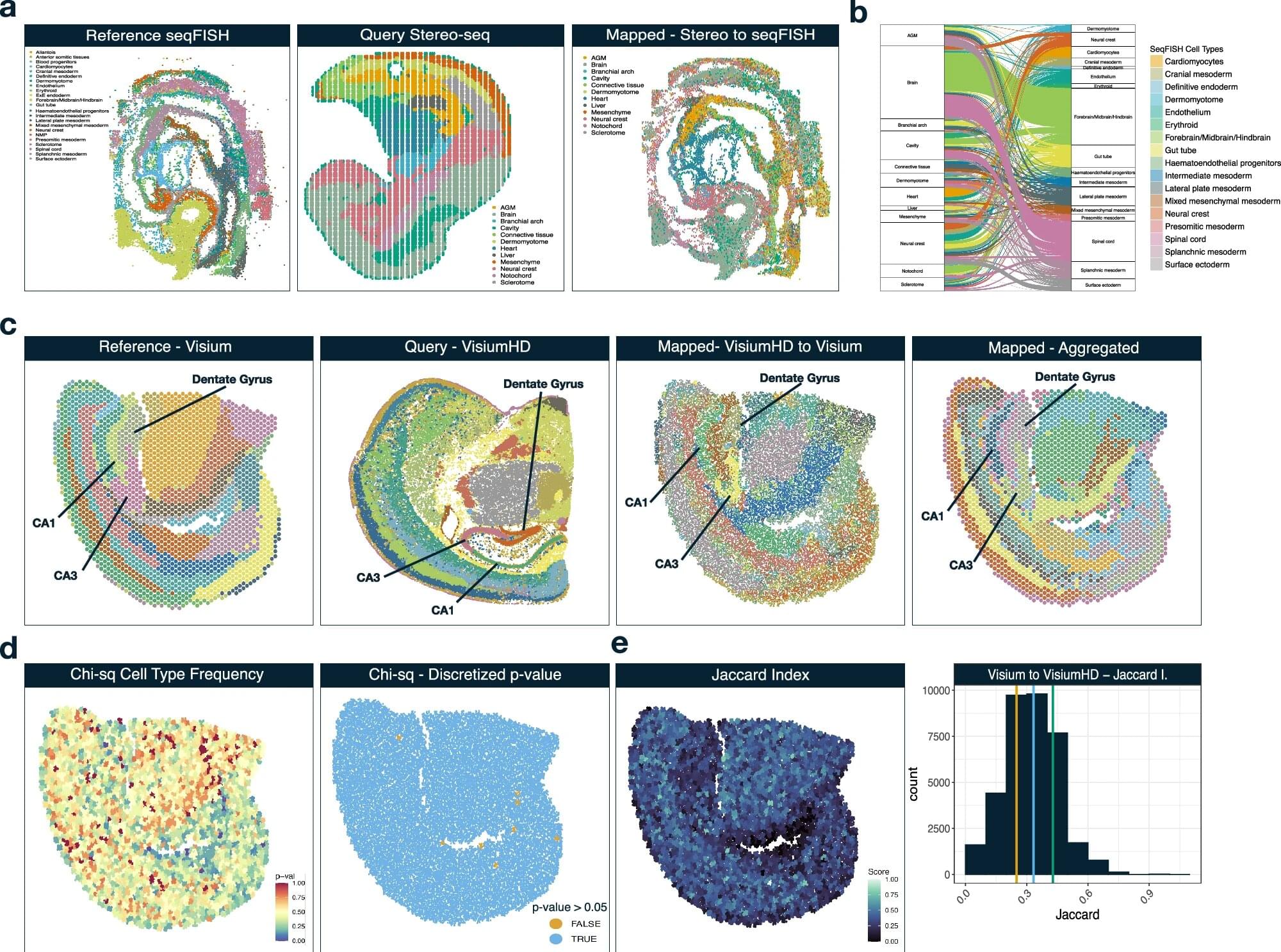
Researchers at VCU Massey Comprehensive Cancer Center have developed a new computational tool called Vesalius, which could help clinicians understand the complex relationships between cancer cells and their surrounding cells, leading to potential discoveries regarding the development of hard-to-treat cancers.
Findings from a new study, published in Nature Communications, could help guide the identification of predictive biomarkers for multiple cancers and better inform the effectiveness of different treatment options based on individuals’ specific type of disease.
Rajan Gogna, Ph.D., member of the Developmental Therapeutics research program at Massey and assistant professor in the VCU School of Medicine’s Department of Human and Molecular Genetics, and a team of collaborators were driven by the goal of interpreting extensive amounts of data in a meaningful way.